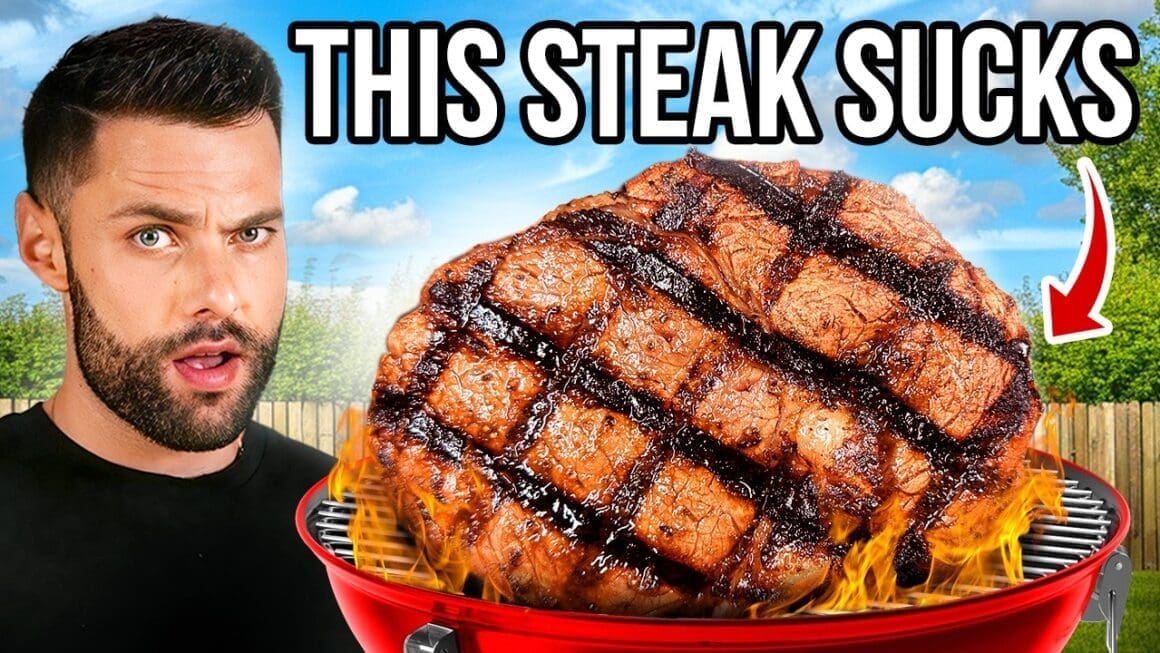In the pursuit of the ideal steak, experts gather annually at the prestigious Steak Cookoff Association World Championship. They aim to identify the elusive perfect steak. This event raises a question: can competition steaks, meticulously prepared to stringent standards, truly outshine the simple joy of home-cooked ribeye?
At the heart of steak debates is the selection of meat. Competition steaks, notably ribeyes, are prized for their flavor, tenderness, and marbling. A whole rib roast provides the foundation, with cuts precisely 1 and 1/8 inches thick. The cap muscle, a significant determiner of taste and tenderness, varies throughout the roast, being most substantial toward the shoulder. Recognizing this can greatly influence the choice of steak in competitions.
The selection process in these competitions involves randomness, as competitors draw numbers to choose their steaks. This introduces an element of luck, as the quality can differ significantly between ribeyes, thereby influencing the final product. Judges focus intently on the visual and physical qualities of the steak, making the initial selection crucial.
Creating a competition-level steak involves extensive preparation. While backyard cooks might season with basic salt, pepper, and garlic, competition steaks undergo significant trimming. Removing excess fat, despite its contribution to flavor, is standard. The aim is to provide judges with an immaculate, bite-sized section from the cap muscle, leading to a dramatically altered appearance.
Presentation is paramount in the competition world. Toothpicks and butcher twine are employed to ensure the steak’s photogenic quality, accentuating a uniform, circular shape. Mechanical tenderization and specific marination are also utilized to enhance texture and flavor, although these methods may seem excessive to traditionalists.
Seasoning in competitions is a complex, layered affair. A binder, often a preferred Worcestershire sauce variant, precedes multiple rub layers, including MSG for umami and sugar for caramelization. Grill grates contribute to the aesthetic appeal, offering distinct grill marks that judges favor, although potentially compromising the crust’s quality.
The grilling process highlights differences between the artisanal and home-cooked approaches. Competition steaks receive strategic flips to maintain grill marks and precise internal temperatures. In contrast, a backyard ribeye thrives on spontaneity, embracing natural char and robust crust development.
The tasting phase reveals stark contrasts. Where the home-cooked ribeye offers a satisfying crust and traditional flavor, competition steaks deliver intense, perhaps overwhelming, flavor profiles. Despite their visual perfection, these steaks may miss the simplicity and texture beloved by many steak enthusiasts.
In the end, while competition steaks represent an elevated culinary art with their precision and presentation, the humble backyard ribeye often wins hearts with its straightforward, flavorful charm. The pursuit of perfection in a steak is subjective, reflecting personal preferences between artfully crafted and homely cooking styles.
Source: Youtube














